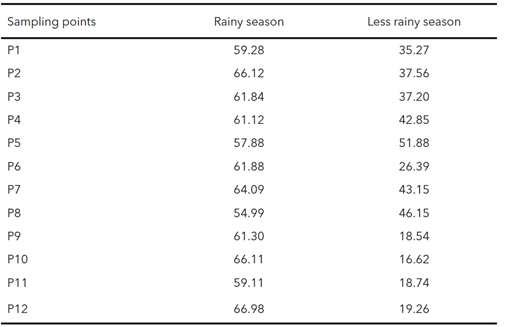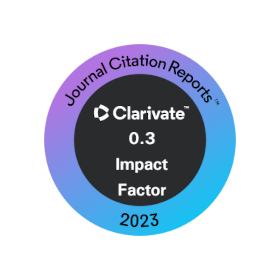Evaluation of Physicochemical Parameters of Water for Agriculture in the Guamá river Sub-basin, Northern Brazil
DOI:
https://doi.org/10.28940/terra.v42i0.1841Keywords:
hydrographic basins, irrigation, seasonality, water qualityAbstract
Water is a vital natural resource crucial for various purposes, including public and industrial supply, agricultural irrigation, electricity generation, and recreational activities. Among the sectors, agriculture stands out as the primary water consumer and a significant contributor to water pollution, particularly nitrate contamination. As water bodies play a crucial role in agronomic activities, any degradation in their quality can adversely af fect the community’s financial income and local biodiversity. Therefore, this study aims to assess the relationship between water parameters in the Guamá river concerning areas with agronomic activities. Additionally, it explores the impact of seasonality on these parameters in the Guamá river’s sub-basin, located in the northeast region of Pará, Brazil. The research focused on the Guamá river sub-basin (SBRG), a selected section of the Guamá river basin. Fieldwork was conducted during six campaigns in June 2015, January 2016, June 2016, November 2016, February 2017, and July 2017. Chemical parameters such as pH, total hardness (DT), alkalinity (ALC), chloride content (LC), and turbidity were determined through volumetric analysis (titration technique) in the laboratory. The obtained data was tabulated using Microsof t Of fice Excel sof tware, and mean values and standard deviations were calculated. The study found that the overall mean pH during the rainy season was 4.79, and during the less rainy period, it was 5.56. Both values were below the maximum allowed value (MPV) of 6-9. Turbidity was higher during the rainy season, reaching 15.26 UTN. Total hardness varies significantly at the 5% level depending on the seasons, as long as chloride and alkalinity remain stable throughout the year. This study highlights how seasonality af fects key water parameters, highlighting the need for careful management of this crucial resource, especially in areas where agriculture plays a key role in the local economy and environmental conservation.
Downloads















